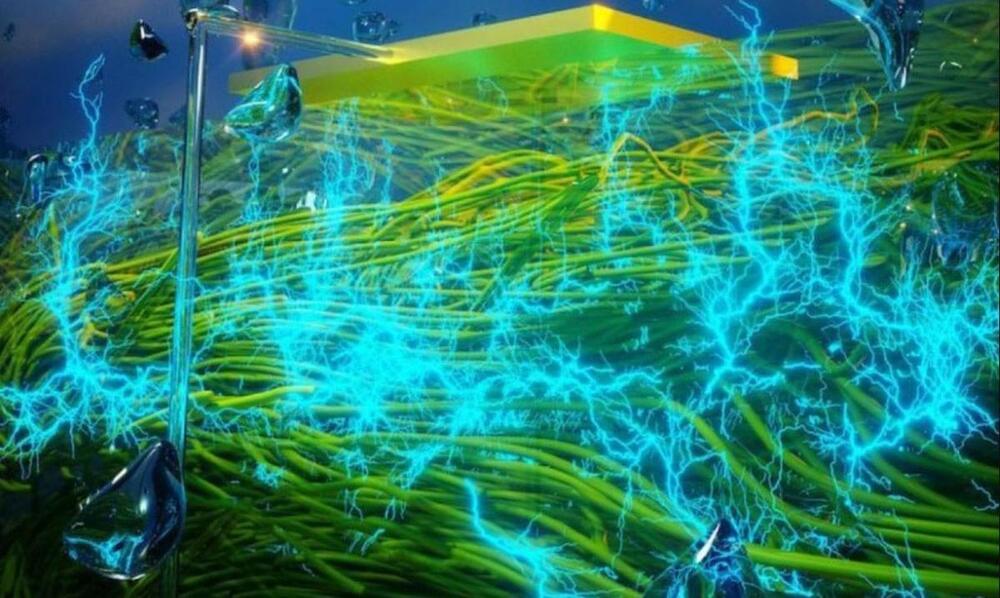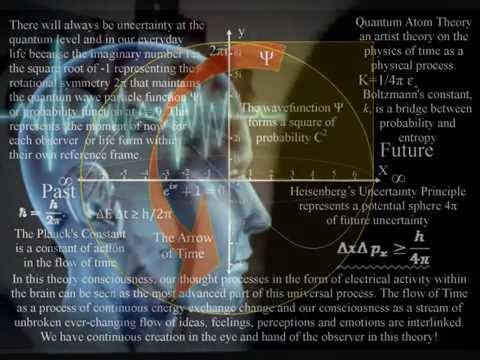Chinese researchers have created the world’s first cloned Arctic wolf — an achievement that could help save other species from extinction and ensure the biodiversity of our planet.
Why it matters: Scottish scientists proved back in 1996 that it was possible to clone a mammal using a cell from an adult animal. Possible — but not easy. Dolly the sheep was the only successful clone in their 277 attempts.
Cloning is still a challenging process — fewer than 25 animal species have been cloned to date, so the first successful cloning of a species is still newsworthy 25+ years after Dolly’s birth.









